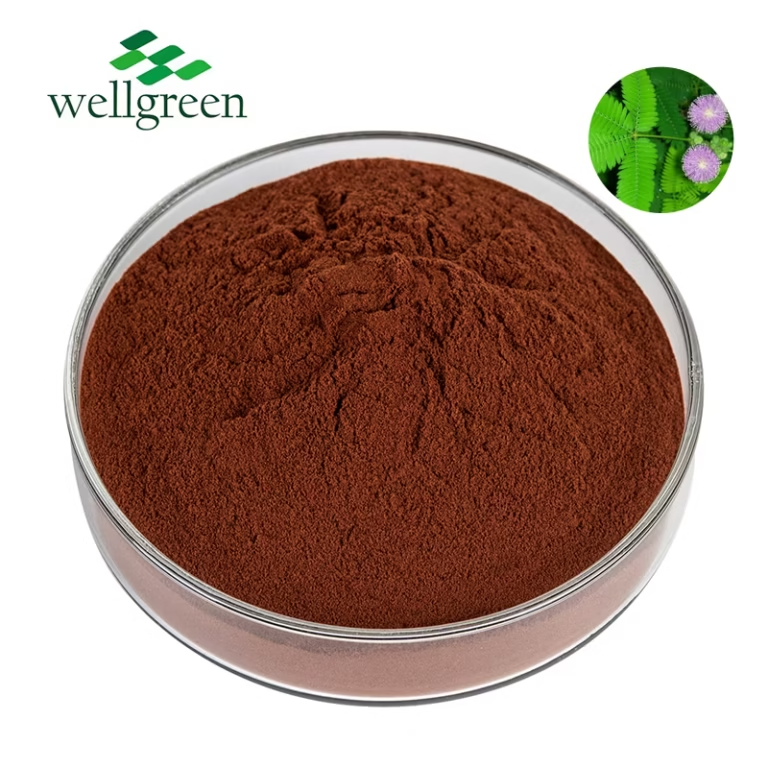
The branches of this Amazonian plant, commonly known as quebracho blanco, have been employed for centuries in folk medicine across read more the Americas.
Ethnobotanical studies reveal the power of M. tenuiflora compounds in treating a wide range of ailments, including infections.
Locals administer the plant material in diverse forms such as teas to treat conditions.
Some key applications of M. tenuiflora include wound healing, and it is also regarded to possess sedative properties.
An Examination of Mimosa tenuiflora Root Bark Extracts
This study focuses on evaluating the phytochemical content of Mimosa tenuiflora root bark extracts. The procurement methods employed involved multiple solvents, including ethanol. The resultant extracts were then subjected to a battery of analytical tools such as gas chromatography-mass spectrometry (GC-MS) to detect the predominant phytochemical molecules. Preliminary results reveal the occurrence of a range of secondary metabolites, including alkaloids, which are known for their pharmacological properties. This comprehensive phytochemical analysis aims to provide valuable insights into the potential of Mimosa tenuiflora root bark as a source of herbal remedies.
Historic Uses and Potential Medicinal Benefits of M. tenuiflora Root Bark
M. tenuiflora, a species renowned for its distinctive root bark, has been utilized in traditional medicinal practices for generations. Indigenous communities have long acknowledged the medicinal properties of this powerful substance. The root bark is customarily prepared and consumed to treat a range of ailments, including infections.
Contemporary research is initiating to uncover the promise of M. tenuiflora root bark in providing medicinal benefits. Studies have revealed that certain compounds present in the bark may possess antiviral properties, influencing its potential to fight a broad array of diseases. Moreover, preliminary research suggests that M. tenuiflora root bark may also possess neuroprotective effects, though more thorough studies are needed to confirm these findings.
Pharmacological Activity of Mimosa tenuiflora: A Review of Root Bark Studies
Mimosa tenuiflora, commonly identified as the jurema shrub, has a profound history of traditional medicinal application in South America. The root bark of this genus is particularly recognized for its diverse pharmacological properties. Numerous studies have analyzed the potential actions of M. tenuiflora root bark, revealing a range of molecules with significant biological activity.
- One aspect of particular attention is the anti-inflammatory potential of M. tenuiflora root bark extracts.
- Initial evidence suggests that these preparations may modulate the immune response, potentially providing relief from multiple inflammatory disorders.
- Furthermore, studies have demonstrated that M. tenuiflora root bark may possess antioxidant attributes, which could contribute to human health by counteracting oxidative injury.
The complex nature of M. tenuiflora root bark profile and its capabilities for therapeutic applications warrant further research. As research progresses, a more comprehensive understanding of the pharmacological activity of M. tenuiflora root bark may emerge, possibly leading to the development of novel and effective therapeutic interventions.
Procurement and Identification of Pharmaceutically Active Molecules from *M. tenuiflora* Root Bark
This research focuses on the procurement of pharmaceutically active substances from the root bark of *M. tenuiflora*. Multiple extraction methods, including solvents, will be utilized to obtain a variety of extracts. The analysis of these extracts will involve techniques like spectroscopy and structure elucidation. The therapeutic properties of the isolated compounds will also be evaluated using model systems.
This project seeks to identify and characterize effective substances from *M. tenuiflora* root bark with potential uses in medicine.
Exploring the Anti-inflammatory and Antioxidant Properties of Mimosa tenuiflora Root Bark
Mimosa tenuiflora, commonly known as the Siberian tree, is a species native to arid regions. Recent research has focused on its {potentialuses for human health, particularly concerning its immunomodulatory and antioxidant properties. The root bark of Mimosa tenuiflora is a rich reservoir of bioactive constituents such as flavonoids, which have been shown to exert potent influences against oxidative stress.
- Studies have demonstrated that extracts from Mimosa tenuiflora root bark can effectively reduce the production of inflammatory molecules in both *in vitro* and *in vivo* models.
- Furthermore, these extracts have exhibited notable scavenging effects by eliminating harmful free radicals, protecting cells from damage.
These findings suggest that Mimosa tenuiflora root bark holds promise as a {naturalsupplement for various inflammatory and oxidative stress-related conditions. However, further research is needed to fully elucidate its mechanisms of action and optimize its therapeutic potential.
